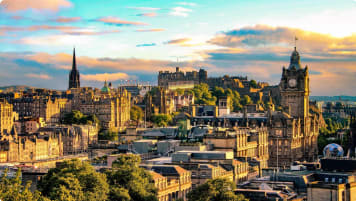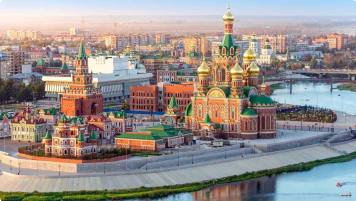Highlights of Russia | Moscow
Highlights of Russia | Moscow Moscow is Russia’s political centre and its most populous metropolis. Viewed from the air, Moscow’s city layout resembles concentric rings circling the Kremlin, the seat of the Russian government and…
13 Jan 20 · 4 mins read
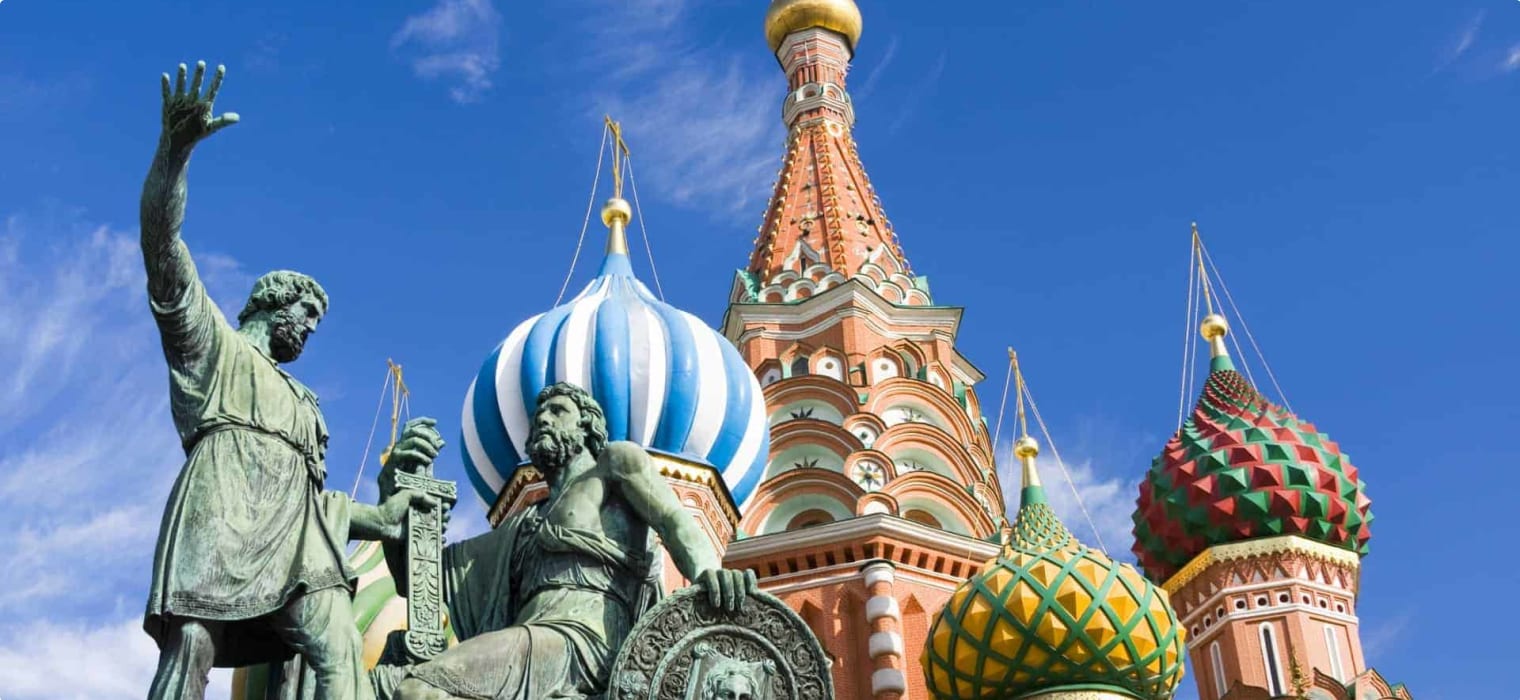
Highlights of Russia | Moscow
Moscow is Russia’s political centre and its most populous metropolis. Viewed from the air, Moscow’s city layout resembles concentric rings circling the Kremlin, the seat of the Russian government and its predecessor, the Soviet Union.

History of Moscow
Archaeological evidence suggests that Indo-European, Ural-Altaic and other diverse groups had occupied the area that is now Russia since 2 millennium BC. Little is known about this period and the institutions and activities of those who populated the territory. From the 3rd century, the East Slavs emerged as a coherent group in this part of Europe.
“Moscow” first appeared in historical documents in 1147, in a monastic chronicle mentioning the prince of Suzdal (a historical Russian principality), Yury Vladimirovich Dolgoruky, hosting a banquet for the prince of Novgorod-Seversky “in Moscow”. In 1156, the prince built a fortification to defend his growing settlement on the banks of the Moskva River (Moscow River). This fort would later become the site of the Kremlin.
Strengthening and expanding this fortification led to Moscow’s growing importance, overshadowing the historic cities of Vladimir and Suzdal. Moscow annexed these nearby territories, including Novgorod in 1478, and established the Grand Duchy (or Principality) of Moscow (Muscovy).
Ivan III or Ivan the Great, ascending the throne in 1462, was a Grand Prince of Moscow and Grand Prince of all Rus. He is remembered for tripling the territory of Russia, gaining independence from the Mongols/Tatars, and laying down the roots of a centralised Russian state. He served as ruler for 43 years and was the first Russian ruler to style himself as ‘tsar’ (from the Latin Caesar), although it was not his official title.
In the 17th century, Moscow lost its capital status when Peter I ordered the construction of St Petersburg and moved his court to this new city. Moscow remained an important centre of culture and education, with Russia’s first university, Moscow University, founded in 1755.
After the fall of the tsars, the Soviet government moved the capital back to Moscow in 1918. Moscow remained the capital of Russia after the collapse of the Soviet Union in 1991.
Kremlin
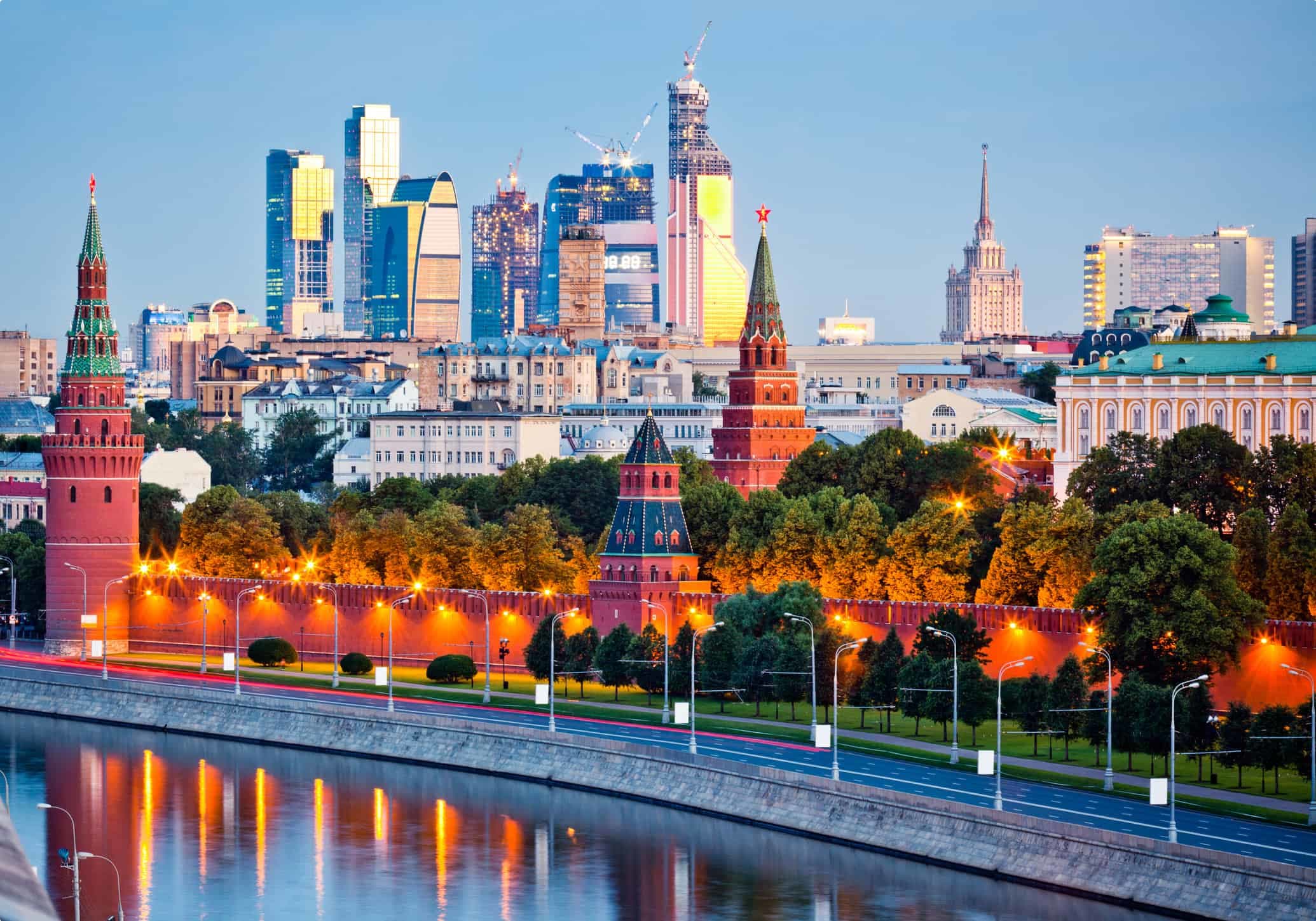
Moscow, with the beauty of its historical monuments, and the weight of its history and struggles, continues to enthral visitors. A trip to Moscow will not be complete without viewing the Kremlin and visiting the Red Square. Both are among the many UNESCO World Heritage Sites in Russia.
The Kremlin, with its roots as a medieval city-fortress, the seat of the Orthodox Church, and now the centre of political power of present-day Russia, is a sight to behold. Enclosed by high walls and heavily guarded, the best way to see it is during a boat cruise on the Moscow River. An entrance ticket (through the Kutafya tower) will give you access to the numerous monuments and church-museums within the Kremlin walls:
The Moscow Kremlin State Historical and Cultural Museum and Heritage Site incorporates the Armoury Chamber, monuments of the architectural ensemble of Cathedral Square, including the Assumption, Archangel and Annunciation cathedrals, the Church of Laying Our Lady’s Holy Robe, the Patriarch’s Palace with the Twelve Apostles’ Church and the ‘Ivan the Great’ Bell Tower complex, as well as exhibition halls in the Assumption Belfry and Patriarch’s Palace. (Source)
Red Square

The Red Square is outside the eastern wall of the Kremlin, and used to separate the Kremlin from Kitay-gorod, a centre of commercial activity in medieval Moscow. Red Square is also called Krasnaya ploshchad; while in modern Russian, krasnaya translates to “red”, in Old Russian, krasnaya is the word for “beautiful”. And the Red Square indeed is beautiful, surrounded by monuments of historical importance.
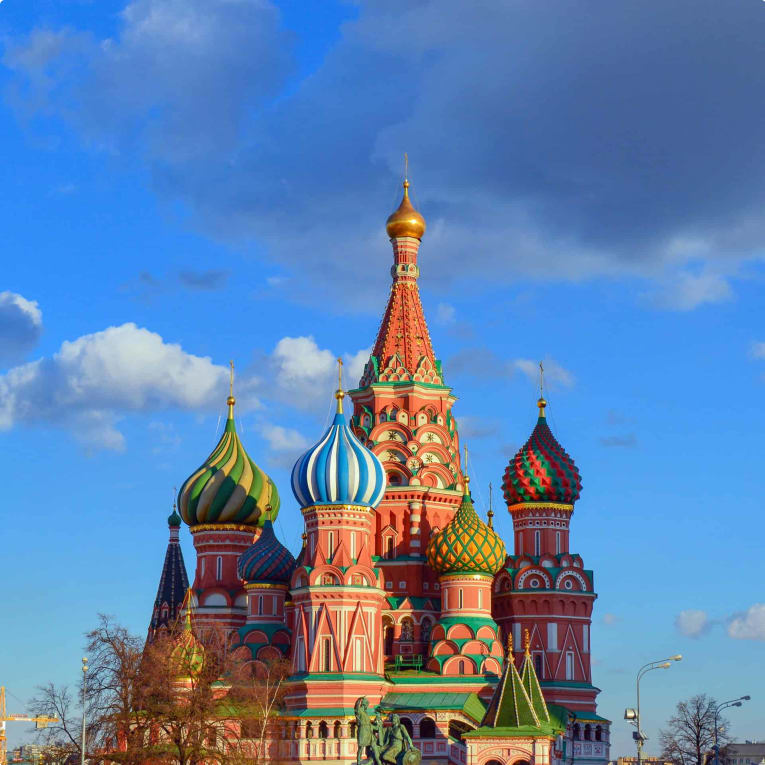
In the southern end of this area of cobblestones is the iconic St Basil’s Cathedral, commissioned by Ivan the Terrible in the 16th century after his victory against the Tatars. Also nearby are the Kazan Cathedral and Lenin’s Mausoleum, which contains the embalmed body of Vladimir Lenin, founder of the Soviet Union.
Gorky Park
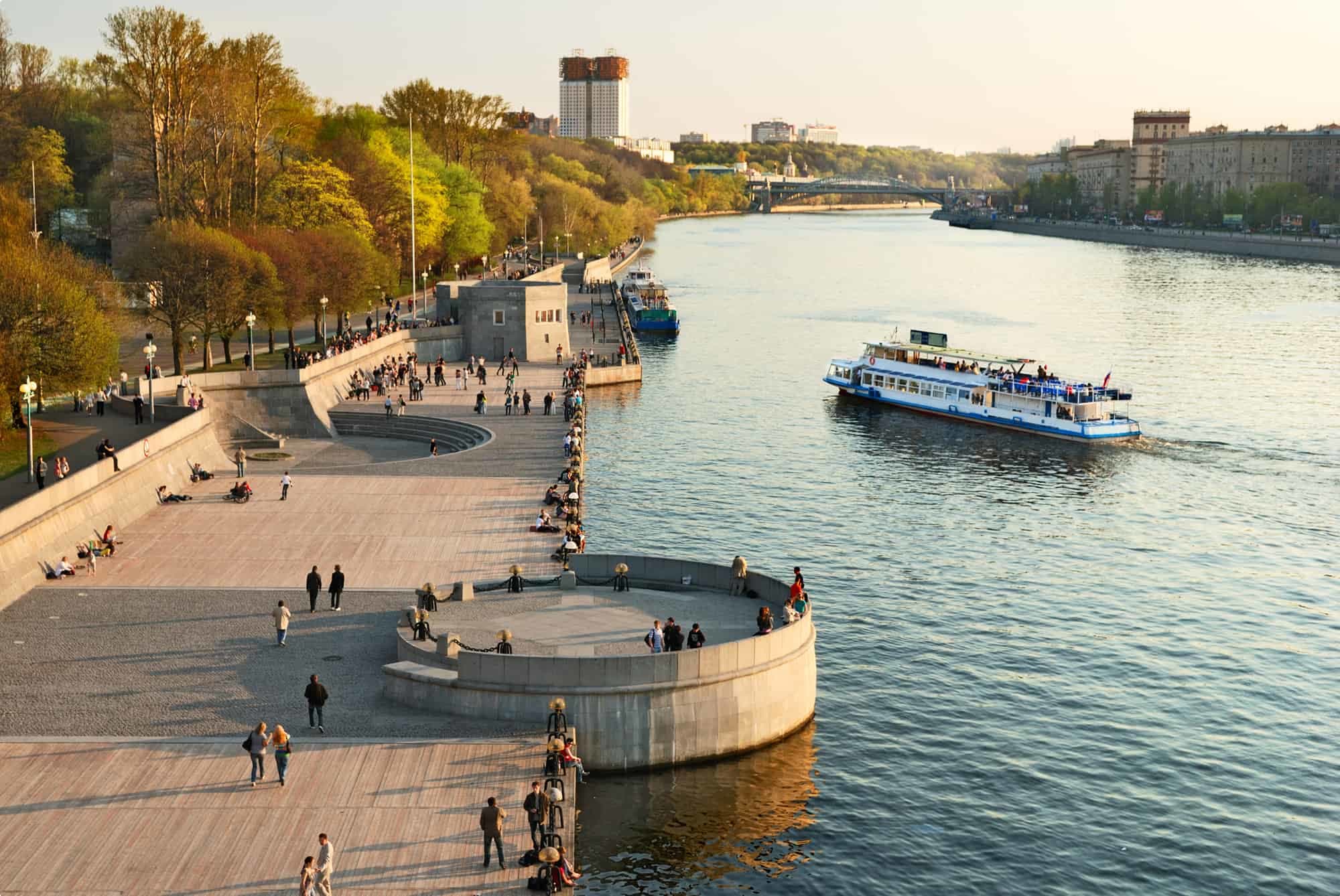
Gorky Park, officially Maxim Gorky’s Central Park of Culture and Rest, was founded in 1928 and named after Soviet writer Maxim Gorky. Gorky is famous for his guidelines of “Socialist Realism”, formally proclaimed at the Soviet Writers Congress of 1934. (Read more in our article.) Visit this huge 170-acre park along the Moscow River to enjoy the sports facilities and the art exhibitions, or to buy some food at the various stalls.
Moscow Metro
You can travel the city on the Moscow Metro, the stations themselves tourist attractions and incredible works of art and beautiful design. The Moscow Metro was inaugurated in 1935, and was the first underground subway in the Soviet Union.
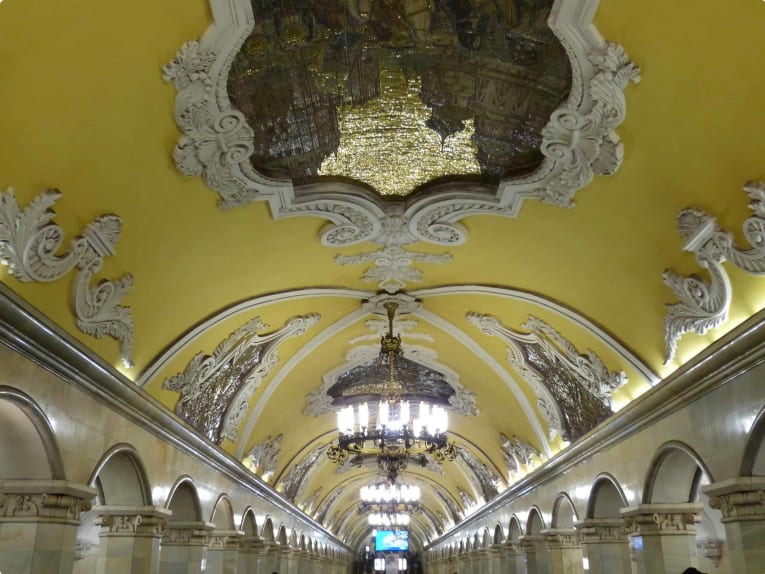
Moscow is brimming with cultural events, so don’t forget to buy a ticket to a performance — perhaps the opera, ballet, theatre, or even the circus!
Articles about Russia published by Odyssey Traveller
- Trans-Siberian Railway History
- Trans-Siberian Railway travel advice
- Eight Amazing Rail Journeys
- Trans-Siberian Landscapes and Wildlife
- Early Russian History and its Key Figures
For all the articles Odyssey Traveller has published for mature aged and senior travellers, click through on this link.
External articles to assist you on your visit to Russia
Related Tours
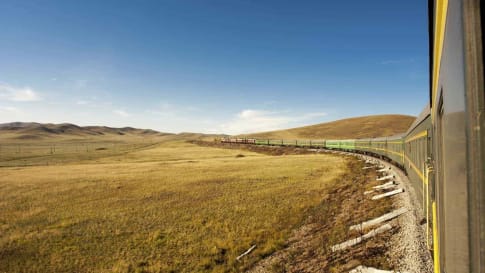
days
JulJourney through Mongolia and Russia small group tour
Visiting Mongolia, Russia
This escorted small group tour traverses this expanse, from Ulaanbaatar to St Petersburg; from the Mongolian Steppes to Siberian taiga and tundra; over the Ural Mountains that divide Asia and Europe to the waterways of Golden Ring. Our program for couples and solo travellers uses two of the great rail journeys of the world; the Trans Mongolian Express and the Trans Siberian Express.
From A$17,850 AUD
View Tour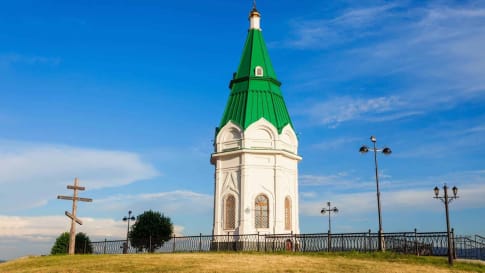
days
Oct, MayHelsinki to Irkutsk on the Trans-Siberian Railway
Visiting Finland, Russia
Escorted tour on the Trans-Siberian railway network from West to East starting in Helsinki and finishing in Irkutsk after 21 days. This is small group travel with like minded people and itineraries that maximise the travel experience of the 6 key destinations explored en-route. Our small group journeys are for mature couples and solo travellers.

days
Apr, AugIrkutsk to Helsinki on the Trans-Siberian Railway
Visiting Finland, Russia
Escorted tour on the Trans-Siberian railway network from East to West starting in Irkutsk and finishing in Helsinki after 21 days. This is small group travel with like minded people and itineraries that maximise the travel experience of the 6 key destinations explored en-route. Our small group journeys are for mature couples and solo travellers.
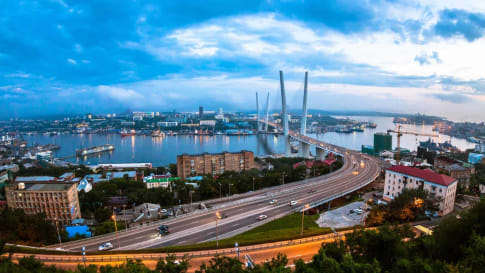
22 days
OctKrasnoyarsk to Vladivostok on the Trans-Siberian Railway
Visiting Russia
Mature and solo travelers group Travel on the Trans-Siberian Railway for 22 days covering the second half of the Trans-Siberian journey, from Vladivostok to Krasnoyarsk to Vladivostok on the edge of Siberian Russia Small group journeys with a tour leader, explores 5 key cities with local guides providing authentic experiences in each with stops of 2-3 nights.
From A$12,650 AUD
View Tour
days
Apr, AugVladivostok to Krasnoyarsk on the Trans-Siberian Railway
Visiting Russia
Mature and solo travelers group Travel on the Trans-Siberian Railway for 22 days covering the second half of the Trans-Siberian journey, from Vladivostok to Krasnoyarsk in the heart of Siberian Russia Small group journeys with a tour leader, explores 5 key cities with local guides providing authentic experiences in each with stops of 2-3 nights.
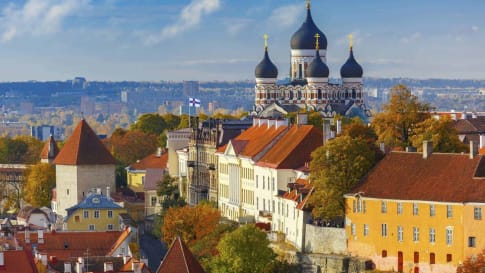
21 days
May, Oct, AprBaltics: Latvia, Estonia, Lithuania, Helsinki, Stockholm and Copenhagen
Visiting Denmark, Estonia
An escorted small group tour to the Baltic States of Europe that explores the key destinations of this region starting in Warsaw, then making its way through Poland, Estonia, Latvia, Lithuania, Finland, Stockholm and concluding in Copenhagen. Each day has scheduled itineraries supported by local guides who share knowledge and authentic experiences of the places visited. This is small group travelling to the Baltics for like minded people.
From A$16,975 AUD
View Tour
